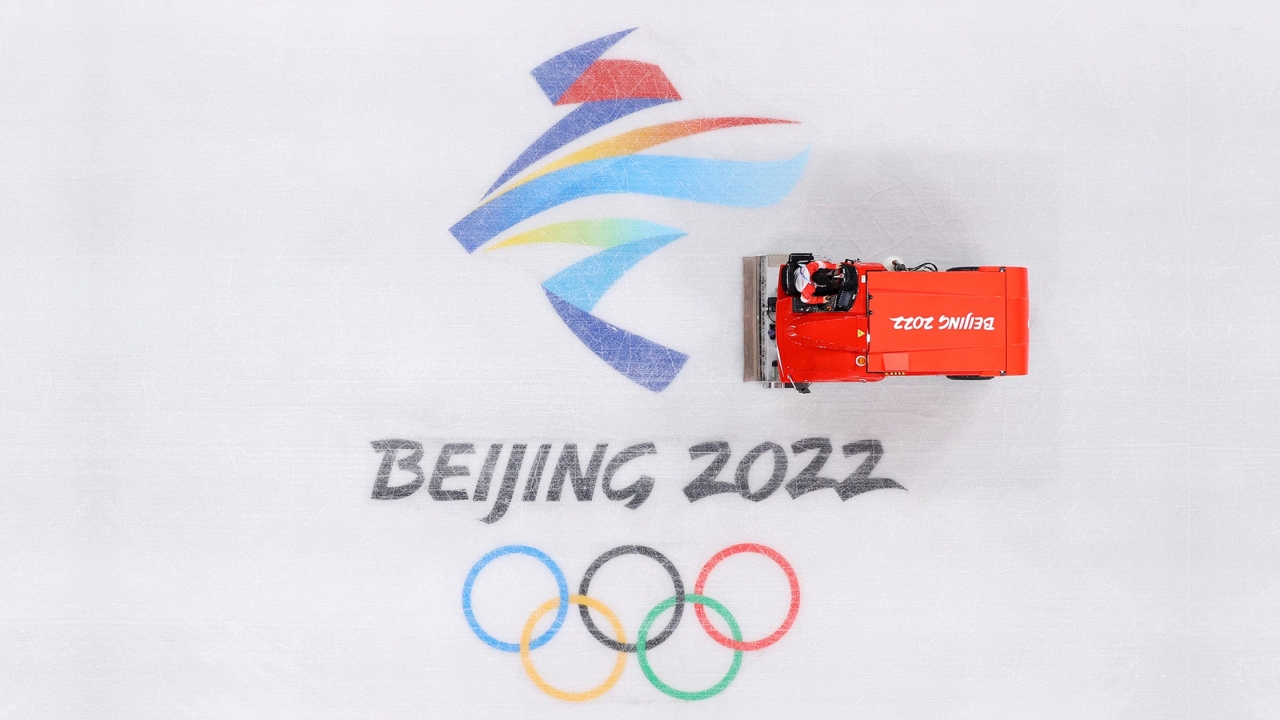Five Ways in Which Beijing 2022 Will Become Carbon Neutral
Published 02-09-22
Submitted by International Olympic Committee

International Olympic Committee news
Set to stage carbon-neutral Games, the Organising Committee for the Olympic Winter Games Beijing 2022 has published its “Low-carbon Management Pre-Games Report of the Beijing 2022 Games”, detailing its carbon management measures.
In 2018, the total GHG baseline emissions covering the whole process of the Beijing 2022 Games were calculated at 1.637 million tonnes of CO2 equivalent, which were later revised in June 2021 to 1.306 million t-CO2e. As of June 2021, the 2016-2021 GHG emissions of the Beijing 2022 Games were calculated to be 489,000 t-CO2e.
Below are five ways in which Beijing 2022 organisers plan to achieve carbon neutrality.
1. Low-carbon venues
The first city in the world to host both a Summer and Winter Olympic Games, Beijing has been able to reuse many of its iconic venues, retrofitting them to reduce its footprint and maximise visibility of carbon-reducing solutions.
Five of the seven venues in the Beijing 2022 competition zone will be legacy venues from Beijing 2008, including the iconic “Bird’s Nest” National Stadium – which will host the Opening and Closing Ceremonies – and the Water Cube, which has been transformed from the Beijing 2008 swimming venue to the Ice Cube, to host the curling competitions.
All venues are expected to be powered by renewable energy while embracing new construction standards, from water and energy efficiency to building insulation and cooling technologies.
All newly-built venues have been certified with the highest national sustainability standards.
2. A push for renewables
For the first time in Olympic history, 100 per cent of the conventional electricity demand of all venues will be supplied by renewable energy. Accelerated by the Games, a new renewable power grid transfers wind and solar energy from Zhangjiakou to Beijing, supplying about 10 per cent of the city’s electricity consumption, as well as powering the Games.
3. Low-carbon transport
Fuel efficient and clean-energy vehicles will account for 100 per cent of all passenger cars and 85 per cent of all vehicles, including vehicles provided by Worldwide Olympic Partner Toyota. Transport within the Beijing Zone will mainly include electric and natural-gas-powered vehicles. In the Yanqing Zone and the Zhangjiakou Zone, hydrogen-fuelled vehicles will be deployed.
Opened as part of the preparations for the Games, a high-speed train connecting the three competition zones of Beijing, Yanqing and Zhangjiakou reduces travel time for the 174-kilometre journey from three hours to less than 60 minutes.
4. Low-carbon ice cooling
Natural CO2 refrigeration systems will be used at four Beijing 2022 ice venues – the first time this low-climate-impact technology will be used in China and at the Olympic Winter Games.
The use of this technology reduces carbon emissions from the cooling process to nearly zero, cutting heat waste and energy consumption.
It is replacing hydrofluorocarbons (HFCs), traditionally used to cool ice rinks and proven to damage the Earth’s ozone layer and contribute to global warming.
5. Compensating through afforestation
Carbon sinks generated by afforestation projects in Beijing and Zhangjiakou will compensate emissions from the Games. Beijing and Zhangjiakou authorities have planted 47,333 and 33,000 hectares of forest and green areas respectively. After being verified and certified by a third-party certification body, approximately 530,000 and 570,000 tonnes of forestry carbon sequestration credits have been provided to Beijing 2022 to compensate its residual carbon emissions.
In response to the growing climate crisis, the IOC is constantly increasing its ambition to address it.
While all upcoming Games editions are required to be carbon-neutral, from 2030 onwards, the IOC will go a step further, obliging all Games to be “climate positive”. This means that organisers will be required to reduce direct and indirect emissions of the Games, compensate more than the remaining ones, and create lasting zero-carbon solutions for the Games and beyond.
Paris 2024 has committed to achieving this goal already in 2024.
Tokyo 2020 went beyond carbon neutrality, by reducing its carbon footprint and compensating more than its remaining emissions.
The IOC itself will halve its own footprint by 2030 and create an Olympic Forest to become climate positive in 2024.

International Olympic Committee
International Olympic Committee
The International Olympic Committee (IOC) is a not-for-profit independent international organisation that is committed to building a better world through sport. It redistributes more than 90 per cent of its income to the wider sporting movement, which means that every day the equivalent of USD 3.4 million goes to help athletes and sports organisations at all levels around the world.
As the leader of the Olympic Movement, the IOC acts as a catalyst for collaboration between all parties of the Olympic family, from the National Olympic Committees (NOCs), the International Sports Federations (IFs), the athletes and the Organising Committees for the Olympic Games (OCOGs) to the Worldwide Olympic Partners, broadcast partners and United Nations (UN) agencies, and shepherds success through a wide range of programmes and projects. On this basis, it ensures the regular celebration of the Olympic Games, supports all affiliated member organisations of the Olympic Movement and strongly encourages, by appropriate means, the promotion of the Olympic values.
More from International Olympic Committee

